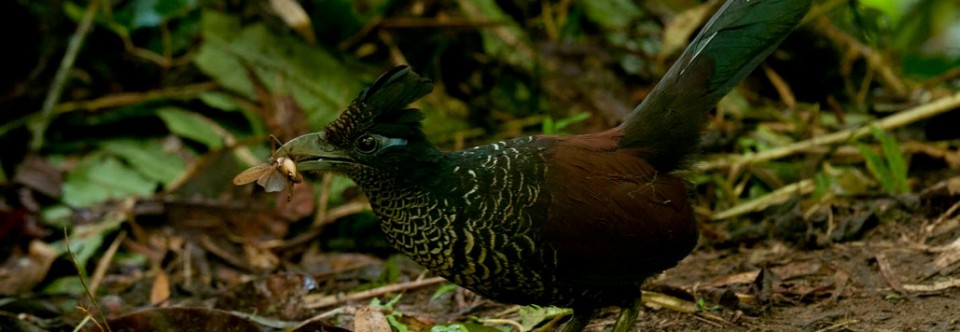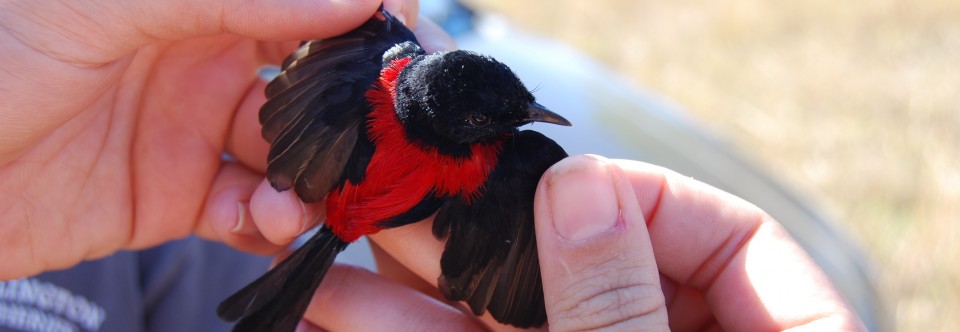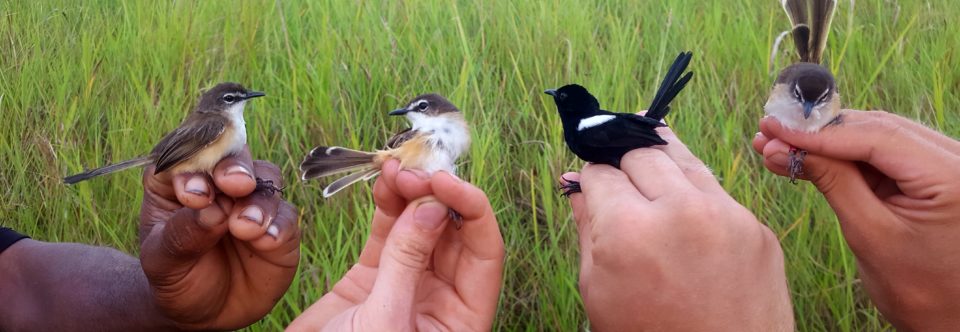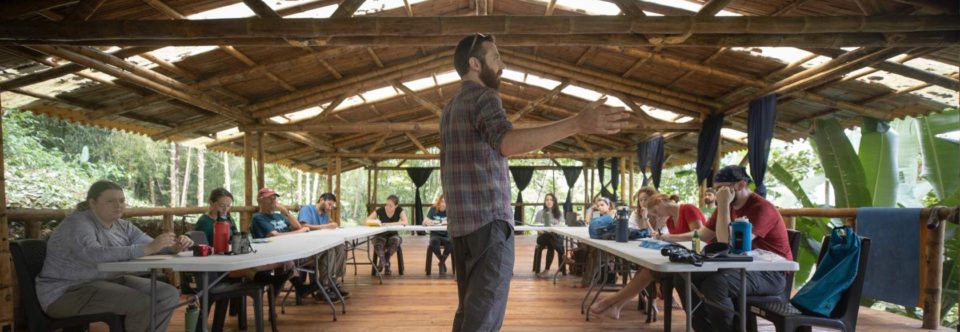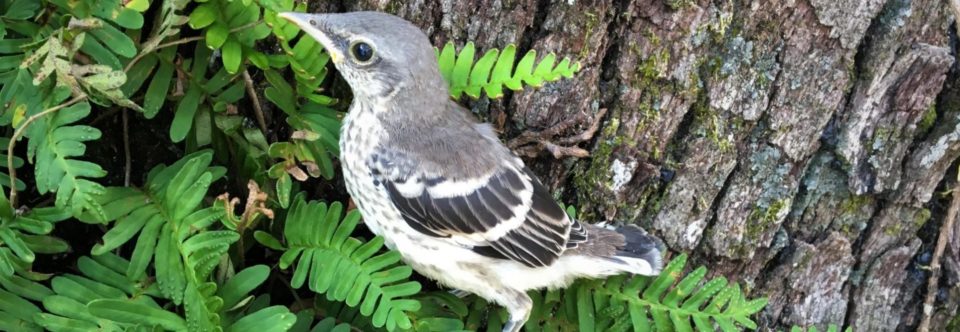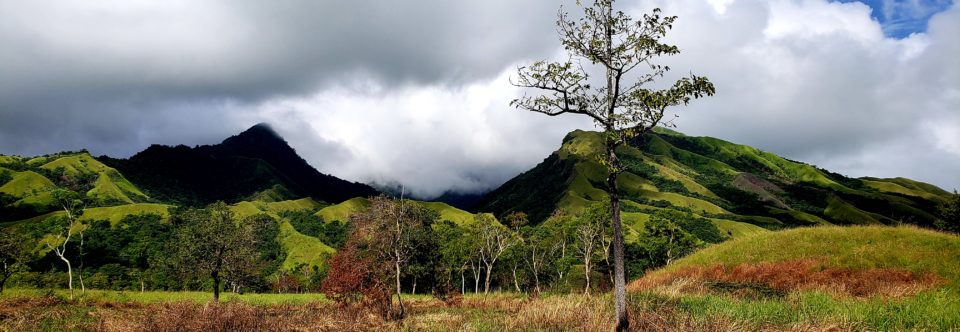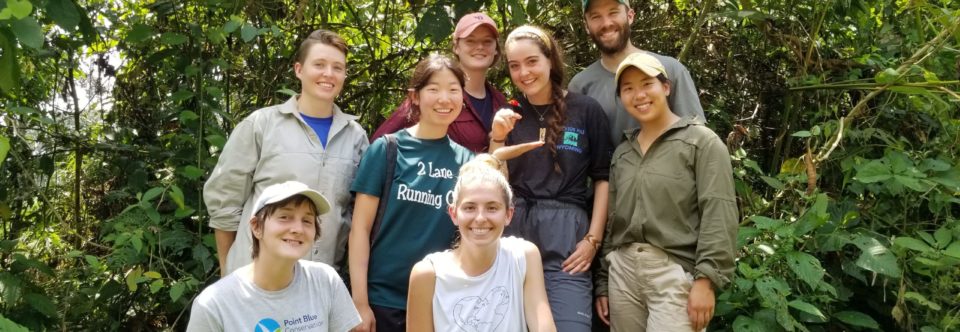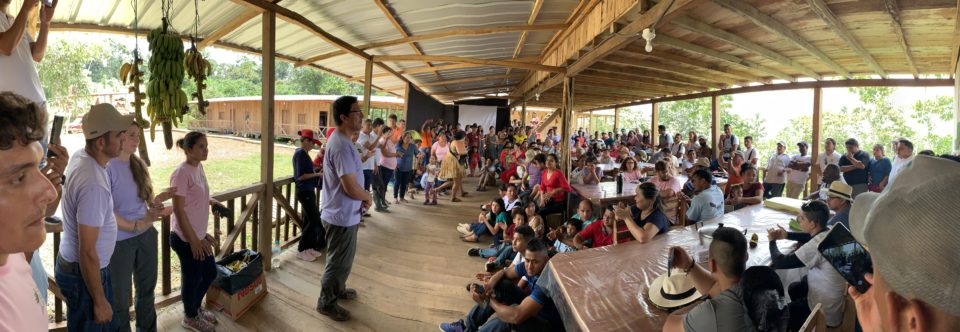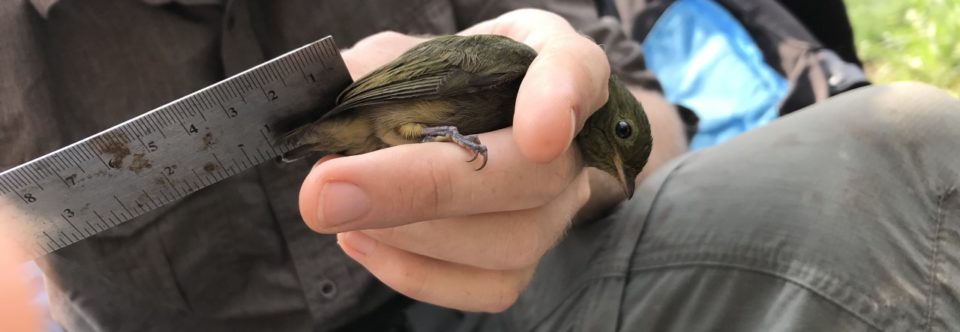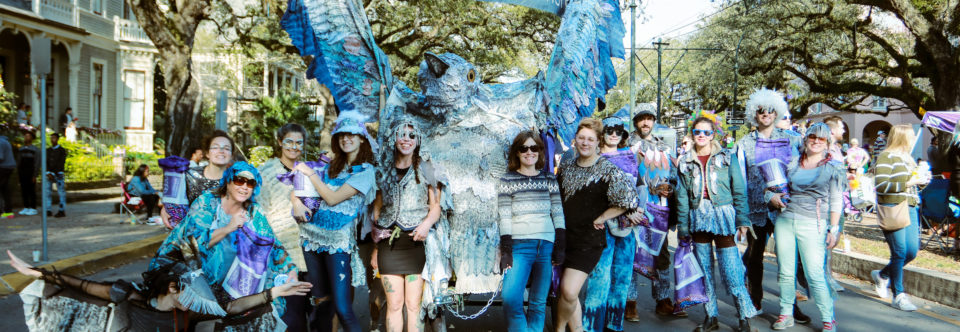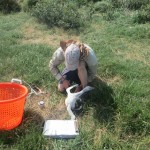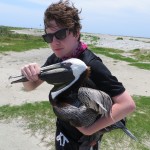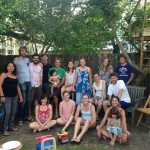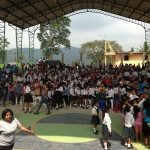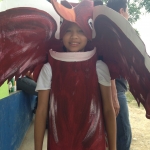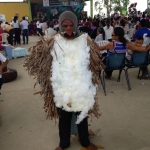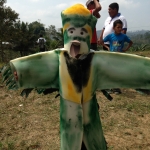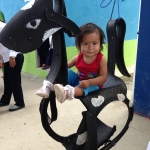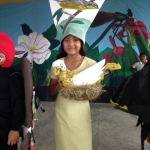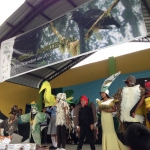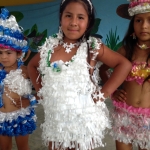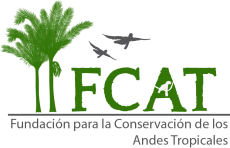"Welcome!"
Welcome! Our lab explores how the environment that organisms experience shapes their ecological, behavioral, evolutionary, and conservation trajectories. We focus our research on animal and plant and plant systems around the world, with active studies on plant-animal interactions, mating systems, demography and survival, signal evolution, movement and dispersal, and endangered species. Our lab takes a socially aware approach that combines community-engaged participatory research with capacity building, training, and education in the biodiversity hotspots where we work.
Spring 2014
Spring semester has come to an end, and the Lab is preparing to scatter to the far corners of the globe for research and conservation activities! Lots of exciting news from these past few months, and lots of good things to look forward to.
Brock and Scott are already in the midst of field work with Brown Pelicans on the Gulf Coast, deploying GPS tracking units, and researching chick survival. Brock received a SeaGrant to bring on undergrad Lily Armstrong-Davies as a field assistant.
Jenny received a grant from the Animal Behavior Society to continue work on nectar robbery and hummingbird pollination this summer. She’ll be heading out to the field mid to late summer to Peru, radio telemetry equipment in hand!
Erik is preparing for three months in Papua New Guinea to study White-shouldered Fairy Wrens, funded in part with a grant he won from the American Ornithologists Union. He will be returning to the existing field site in Milne Bay, and Jordan will join him for a couple of weeks of galavanting through PNG’s little-known Western Province.
Sam advanced to PhD candidacy, and recently got back from a trip to WSU doing hormone analysis with the Schwabl lab. She and Tulane students Nicole Moody, Alex Gulachenski, and Roxy Franta are gearing up to head down under for the summer for the third year of our NSF-funded IRES project in Australia. Congrats to both Nicole and Alex for receiving Newcomb grants to supplement the summer research!
The Karubian and Derryberry labs teamed up on outreach by doing a workshop with middle school girls as part of the Tulane Girls in Science and Technology program (GIST) and by volunteering with kindergarteners from Kipp NOLA primary.
Luke also advanced to PhD candidacy this past Spring! He’s leaving soon for a 6 month field excursion to Ecuador where he will continue his work on pollen and seed dispersal of Oenocarpus. He will be joined in the field by Tulane undergrads Malinda Chambers and John Bailey Cox, who were awarded Newcomb and Taylor grants, respectively. A few of some videos from last summer were featured on a nature documentary website here and here.
The lab also received new grants from the Conservation, Food and Health Foundation and Tulane’s Center for Latin American Studies for work on fragments in Ecuador, and produced one new publication on patterns of amphibian diversity in Ecuador (Jongsma et. al 2014)
Nathan Frumkin successfully completed his honors thesis on Northern Mockingbirds, and was awarded the Cagle Prize and the Honors Scholar Prize. We are thrilled that Nathan will be remaining in the lab next year for a 4 + 1 Masters, to continue work on mockingbirds. With collaborators Renata Duraes Ribeiro and Elizabeth Derryberry, the lab received a grant from the Morris Animal Foundation to study how Northern Mockingbirds in New Orleans may be impacted by environmental lead.
We are happy to welcome incoming PhD student Zoe Diaz-Martinez into the lab! She will be starting in the fall semester and will be working on the seed dispersal project in Ecuador.
Jordan is looking forward to spending some Q.T. with the fairy-wrens this summer. He will be visiting Sam and the IRES crew in Australia’s Northern Territory before dropping in on Erik in Papua New Guinea. He will be back in the US in time to attend the Animal Behavior Society meeting in August.
Last but definitely not least, a hearty congratulations to our collaborator and friend Monica Gonzalez, Director of FCAT, for winning the prestigious Whitley Prize for her conservation work in Ecuador. Be sure to check out the short film on her work narrated by Sir David Attenborough – congratulations Monica!
Read MoreWinter 2013 – 14
It’s been a busy winter break and start of the semester for the Karubian lab! First off, we’d like to welcome Roxanne Franta (4+1 MS student) and this year’s NSF IRES fellows Alex Gulachenski and Nicole Moody to the lab.
In December, Jordan took a trip to Ecuador to attend FCAT’s second annual Environmental Fair in La Y de la laguna, in the Mache-Chindul Reserve. With the theme of ‘Migratory Bird Conservation’, the fair included poetry competitions, a migratory bird costume exhibition, and gowns made of recycled material. The event was attended by over 1200 local residents. Here are a few pictures from the event:
Though it’s only January, the Karubian lab has already started preparing for upcoming field seasons. Jenny has been applying to grants to fund her field season in Peru this summer, while simultaneously working up a manuscript on nectar production and hummingbird pollination of an Andean plant species and refining her lobster costume for Mardi Gras! Brock and Scott are eagerly awaiting the arrival new batch of GPS transmitters to track Brown Pelican movement this year, while continuing work on analyzing the population genetic structure of Brown Pelicans on the Gulf Coast. Luke is planning on defending his prospectus this spring and head off to Ecuador for field work this summer.
Sam has spent the winter break in Australia continuing field work on Red-backed Fairy-wrens, where they are finally breeding. Erik has recently finished genotyping White-shouldered Fairy-wrens captured from his work during the summer of 2013 in Papua New Guinea. He is working on setting up a new field site for 2014 and is looking for assistants to join him in the field. See the following link for more info: Field assistants in Papua New Guinea.
On the publishing front, check out some recent articles from the Karubian lab:
2014
Karubian, J. and R. Durães. Impacts of mating behavior on plant-animal seed dispersal mutualisms: a case study from a Neotropical lek-breeding bird. In Sexual Selection: Insights from the Neotropics (eds. R. Macedo and G. Machado). Elsivier Press. Pp. 365-390. PDF
2013
Carrasco, L., Berg, K. S., Litz, J., Cook, A. and J. Karubian. 2013. Avifauna of the Mache-Chindul Reserve, northwest Ecuador. Neotropical Ornithology 24: 331-324. PDF | Appendix
2013
Walter, S.T., M.R. Carloss, T.J. Hess, G. Athrey, and P.L. Leberg. 2013. Brown Pelican movement patterns and population structure. Condor 115:788-799. PDF
2013
Walter, S.T., M.R. Carloss, T.J. Hess, and P.L. Leberg. 2013. Hurricane, habitat degradation, and land loss effects on Brown Pelican nesting colonies. Journal of Coastal Research 29:187-195. PDF
Read More
